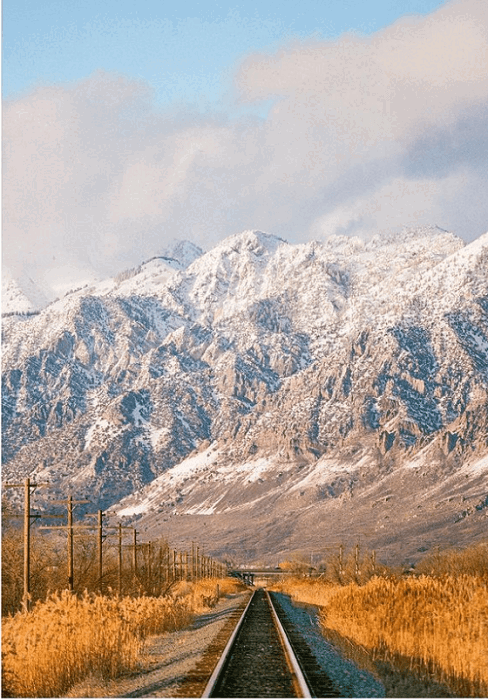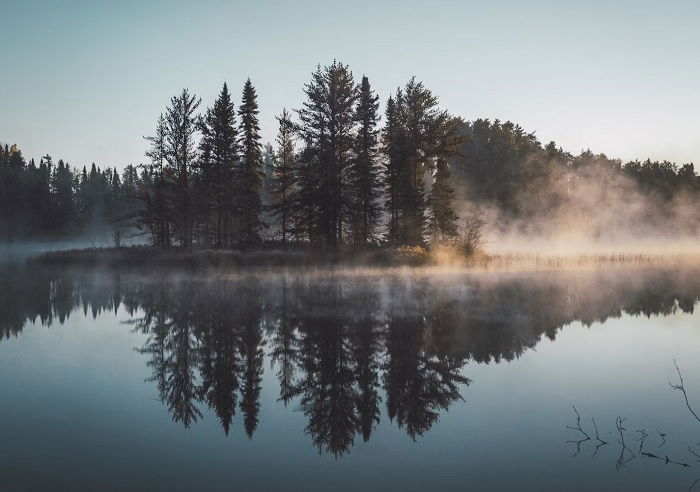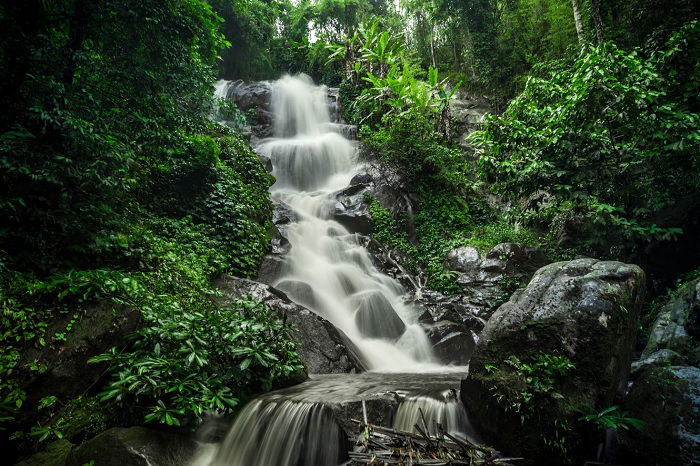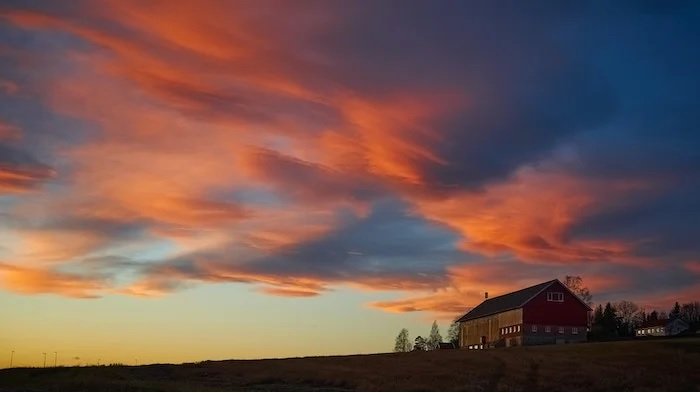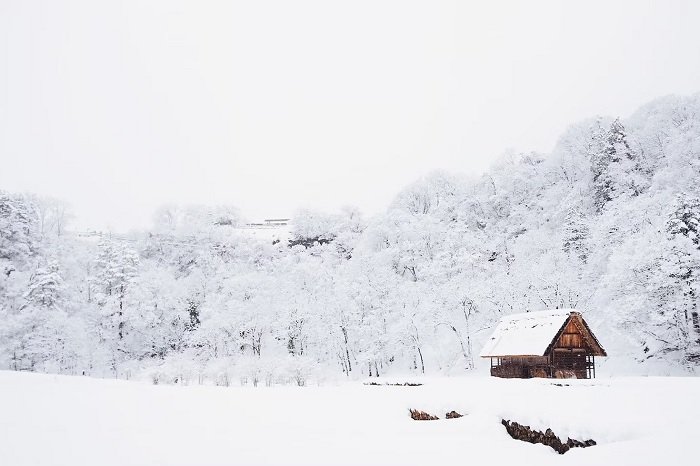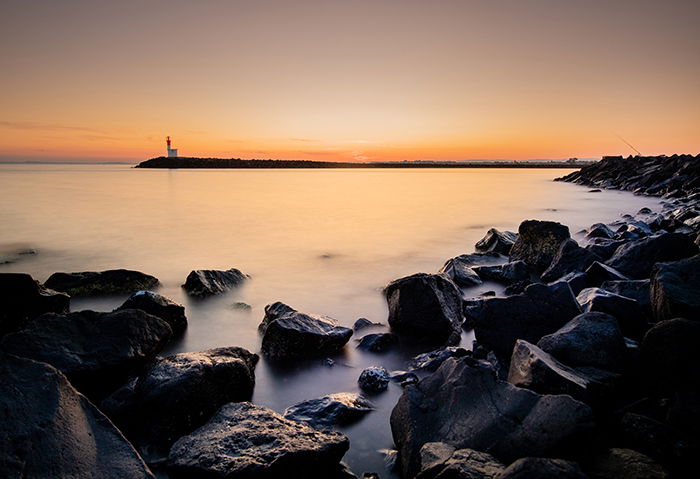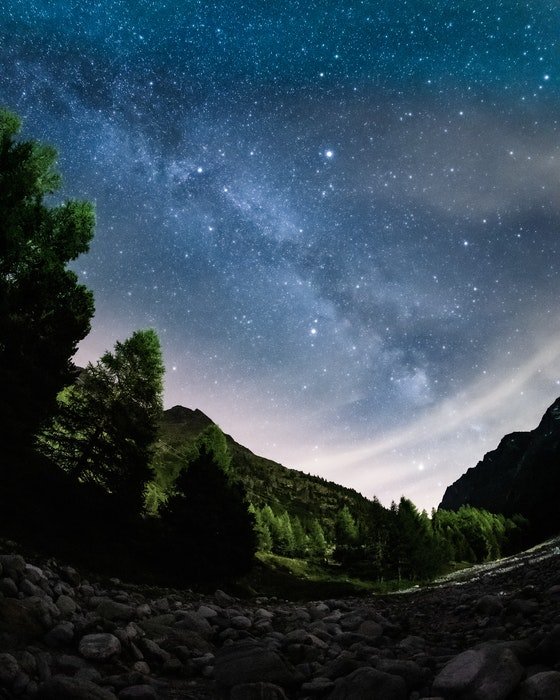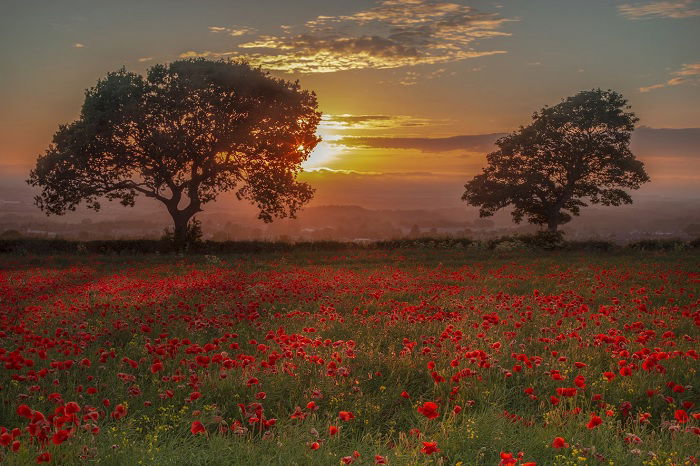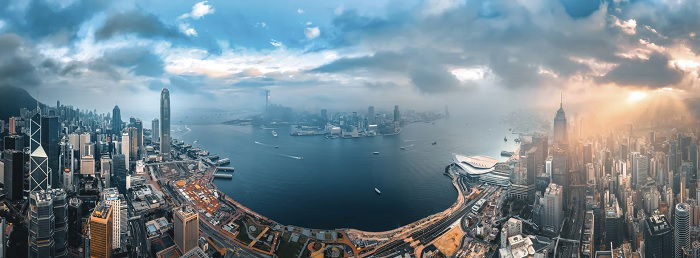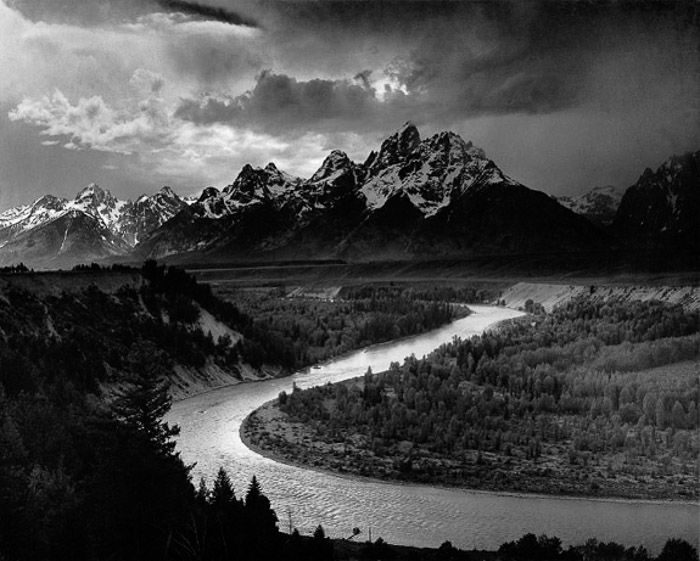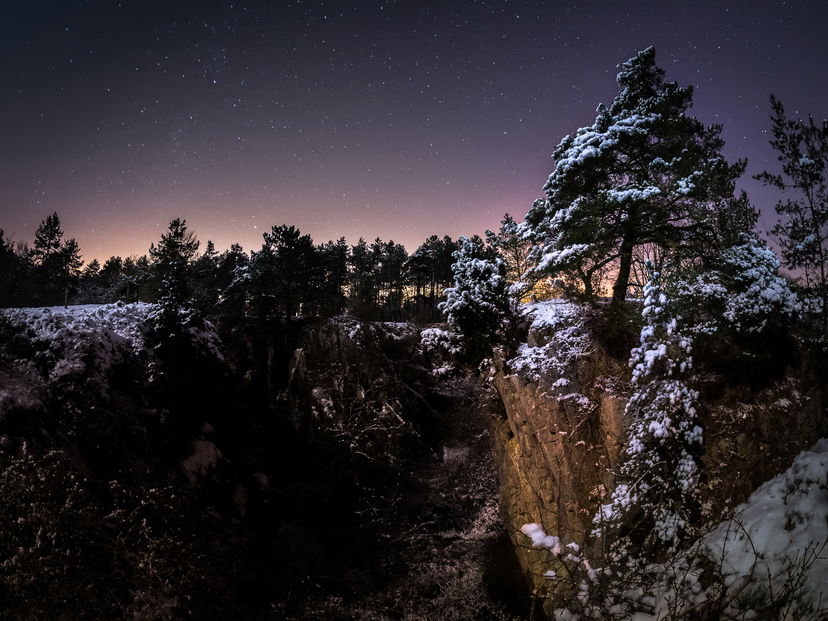31 Beautiful Landscape Photos to Inspire Your Work
Beautiful landscape photos lift our spirits, help us appreciate the majesty of nature, and inspire us to pick up our cameras.
Landscape photography is one of the classic genres within the art form, and it remains incredibly popular today. That’s because a beautiful landscape is something we can all appreciate.
But there are many different styles of landscape photography. You have different techniques and perspectives you can bring to the genre to make your landscapes truly captivating and breathtaking.
This article looks at beautiful landscape photos that will inspire your photography. We also touch on the tricks and techniques that make them interesting, hopefully giving you more ideas for original landscape shots.
- Learn to effortlessly set up your camera for any situation.
- Explore different techniques and composition styles.
- Master landscape editing for pro-level results.
30 Beautiful Landscape Shots to Inspire You
We’ve compiled a list of 30 beautiful landscape photos to inspire you. We feature a wide range of styles and techniques, so you’ll be able add new elements to your landscape photography.
1. Use Fog or Mist to Add Mystery
Fog and mist can give a landscape photo a mysterious quality. It obstructs our vision, so we can’t see what lies beyond. It also moves in mysterious ways.
The morning is the best time to capture mist and fog, so remember to set that alarm. It’s also most common in woodland or by the coast.
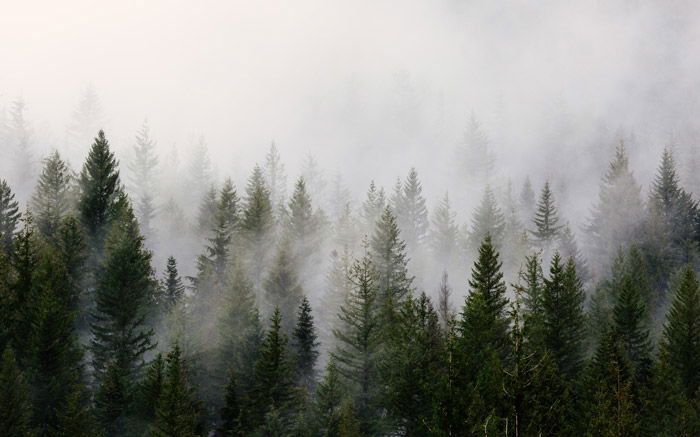
Photo by John Westrock
2. Take a Landscape In Portrait
As the name suggests, landscape orientation is most commonly used for landscape photos. It’s the foundation of classic landscape composition.
But you don’t have to stick to this method. You can turn your camera 45º and use the portrait orientation when shooting landscapes. It’s a simple technique that can have a big effect on the final image.
3. Look for Reflections
Reflections are a powerful device when taking landscape photos. They add balance and symmetry, as well as a sense of calm. This is thanks to the still water needed for a strong reflection.
Look out for reflections next time you’re on a landscape photography expedition.
4. Dazzle with Strong Colors
Strong colors can help bring a landscape to life. People intuitively love natural colors, but some knowledge of color theory can help you be more strategic in using colors.
Spring and summer are the obvious seasons for colorful landscapes. But you can also find plenty of delicious colors in autumn and winter scenes.
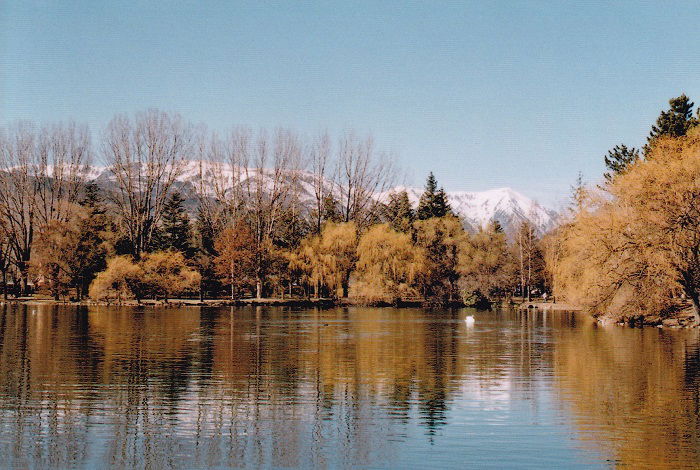
Shot on Fujicolor C200 © Kit Bryan-Smith
5. Switch to Black and White
Anyone who has seen Ansel Adams‘s images knows how powerful landscapes can be. And even though color can make a landscape pop, shooting in black and white can be even more effective.
Shooting in black and white tests you as a photographer. You can’t rely on color, so you need to look for other elements, like texture and patterns, to make your work interesting and attention-grabbing.

Shot on Adox Scala 50 © Kit Bryan-Smith
6. Keep it Simple
Minimalist photography strips an image back to the bare bones of composition.
Try adopting a minimalist approach to landscape photography. It emphasizes the strong elements of a landscape by minimizing or eliminating weaker elements.
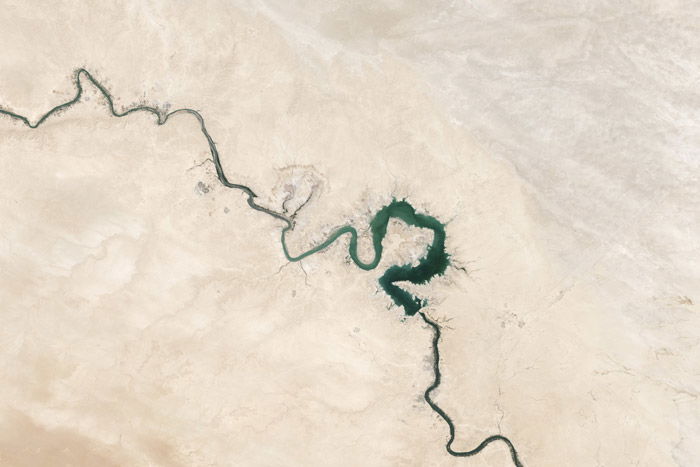
© NASA
7. Change the Perspective
Even a minor change of perspective can make a huge difference to a landscape image. Whether you’re trying a high angle or a low angle, it can help draw the viewer’s attention.
You’re also learning to examine landscapes in different ways. This is a beneficial skill in any type of photography, as you’re finding new ways to look at familiar things and scenes.
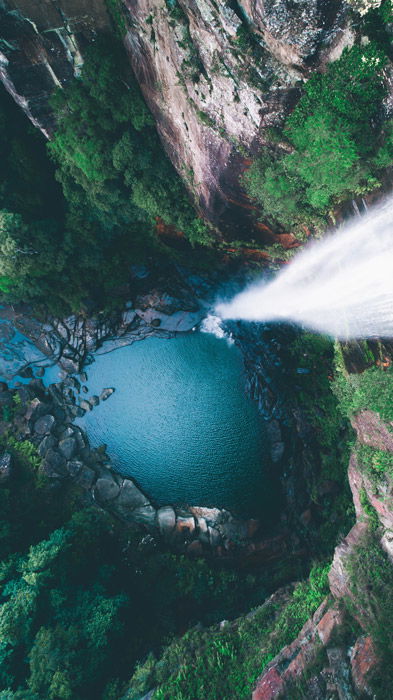
© Sacha Styles
8. Show Human Intervention
Showing how humans interact with natural landscapes is a great subject for landscape photography.
Human-made structures give you a point of interest in a wild scene. But this type of image also raises themes like deforestation, conservation, and climate breakdown.
This type of image is commonly used by environmental photographers.
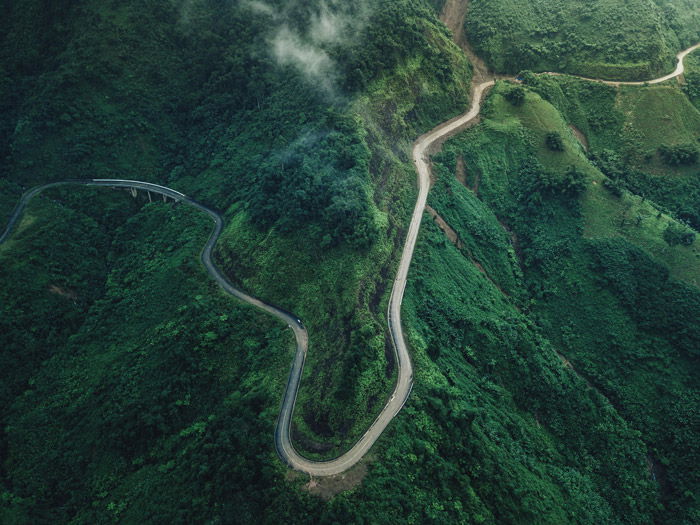
© Silas Baisch
9. Slow Down with a Long Exposure
Long-exposure photography is an experimental technique that works really well with landscapes. By leaving your shutter open for a long time, you can capture incredible detail from the foreground to the distant background.
The best results come when shooting a landscape with movement, like a waterfall or coastline. The water becomes ghostly, giving your landscape photos a mysterious quality.
Long exposures also work really when at night, as they allow more light to pass through the lens.
10. Seek Out Patterns and Repetition
Patterns are a brilliant visual tool in many types of photography. But they can be especially useful in landscape photography, helping you add more visual interest to your images.
Repeated shapes or patterns provide even more impact, helping to lead the viewers eye or change their perspective of the landscape.
11. Find Calm in Urban Areas
Urban areas are usually bustling with life, with people coming and going, and a cohort of traffic always on the move.
But you can find islands of calm within the mayhem. This are great locations for landscape shots. They show peace surrounded by chaos and noise.
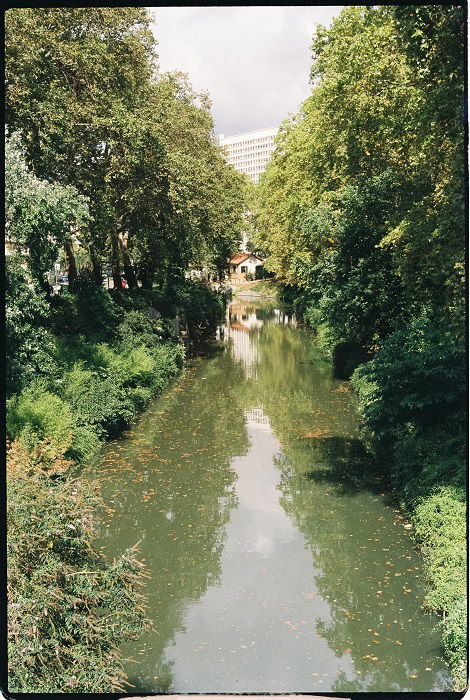
On Lomography Color 400 © Kit Bryan-Smith
12. Embrace the Chaos of Cities
When someone says landscapes, we tend to think of natural spaces like rolling hills, rocky mountains, and grassy planes. But cities are also fantastic subject matter for landscape photography.
Cityscapes might seem like a completely different genre, but many of the principles and skills are the same.
You can embrace the chaos of city life to create energetic images full of movement.
13. See the Forest From the Trees
Forests are beautiful ecosystems simply teeming with colors, patterns, and textures.
It’s often tricky to capture landscapes in woodland because there’s very little open space. However, you can use trees to your advantage, using them as points of interest in the image.
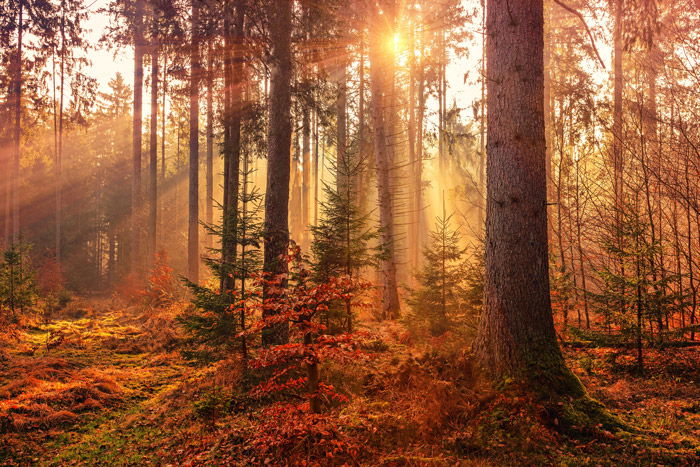
© Johannes Plenio
14. Get Out in the Open
Open spaces and clear blue skies create a sense of space that inspires and lifts the spirits. That’s why these types of locations and conditions are loved by landscape photographers.
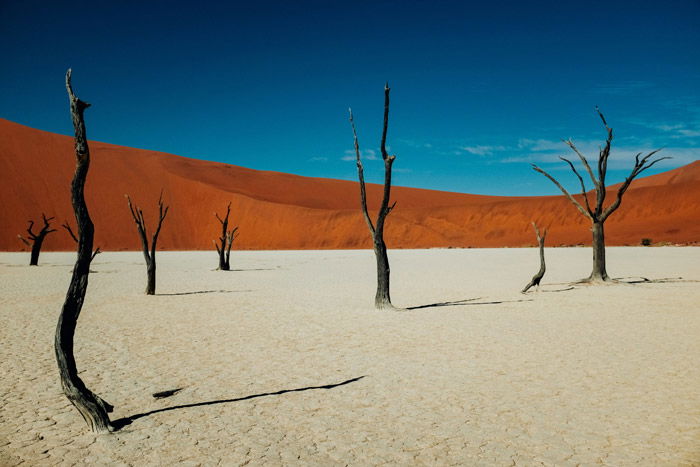
Photo by Ashim D’Silva
15. Look Up At the Clouds
Clouds are an underrated feature in landscape photography. They can often be a problem, blocking the sun or bringing rain.
But photographers can also use clouds to their advantage. They add texture to your sky. And powerful cloud formations can also be subjects in their own right.
Clouds are best used at sunrise or sunset. That’s when the sun projects beautiful colors onto the underside of the clouds, giving you warm oranges, purples, and pinks.
16. Head North for the Aurora Borealis
Heading to the arctic circle is tricky for most people. It involved a lot of travel, it’s expensive, and it’s down right cold. But for those who can, capturing the Aurora Borealis (Northern Lights) is well worth the trip.
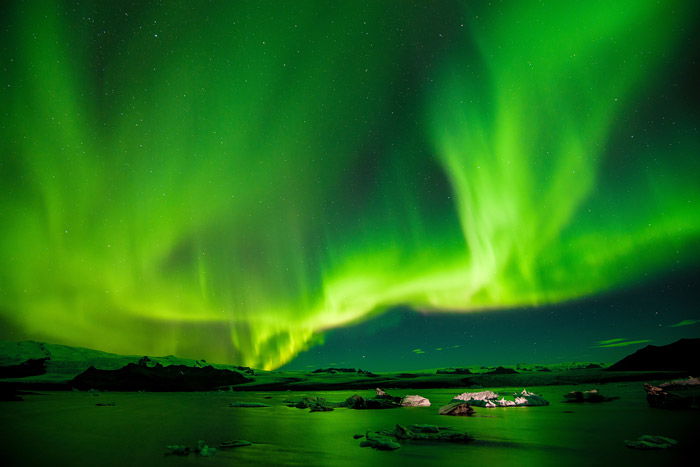
© v2osk
17. Feel the Chill with Snowy Scenes
Snow can be difficult to photograph. As it’s white, it reflects a lot of light that can overexposure your image. But get it right, and you can produce stunning snowy landscape photos that will give you a sense of calm and cosiness despite the freezing temperatures.
18. Dry Out in the Desert
From extreme cold to extreme heat, deserts are also excellent locations for landscape photography.
The conditions are harsh, so be prepared and responsible. But once you’re there, you’ll see huge expanses of seemingly lifeless sand and rock. You’ll be able to shoot wonderfully stark landscape photos.
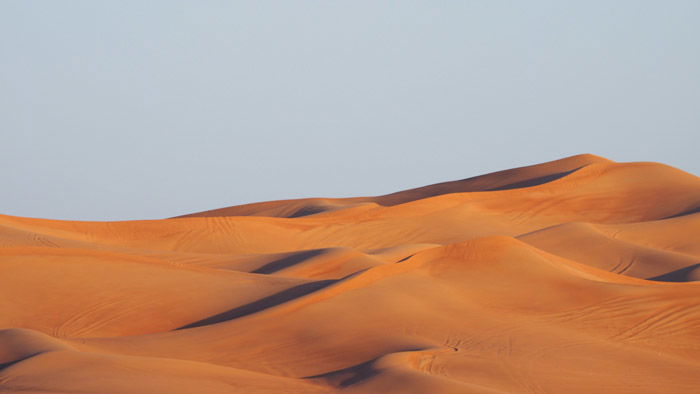
© Timothy Simon
19. Head for the Coast
Coastal areas are perfect locations for landscape photographers. The sea gives you movement and energy. You get wide open spaces. And there are plenty of landmarks and interesting visual elements.
20. Fly High for a Bird’s Eye View
Aerial photography used to be impossible for most people, unless they had access to a helicopter. But thanks to drones, capturing high-angle shots of landscapes is much easier.
Aerial landscapes can be stunning, with the extra elevation giving you an even more expansive view of the scene.
21. Chase the Sun
You’re usually told not to include the sun in your photos. It can be dangerous for you and your camera. But you can still use it as an element within your landscape images.
Of course, you still need to avoid direct sunlight. But you can use the sun when it’s low in the sky or partially hidden behind something like a cloud or tree.
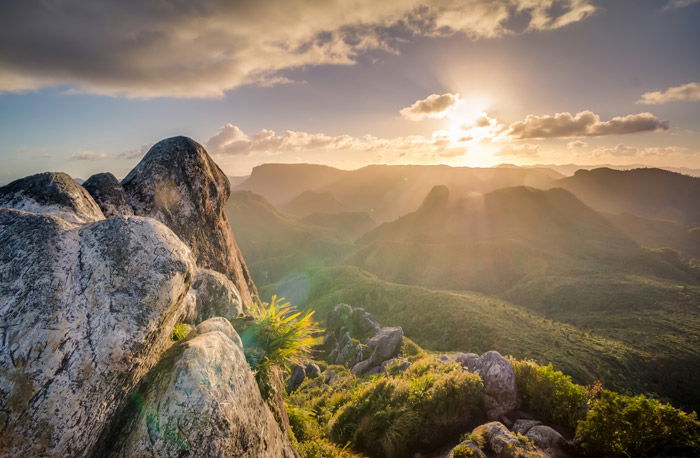
© Jasper Boer
22. Shoot for the Moon
Night landscape can look fantastic when done correctly. They’re tricky, manly due to the lack of light. But they do allow you to include the moon as a feature in your landscape image.
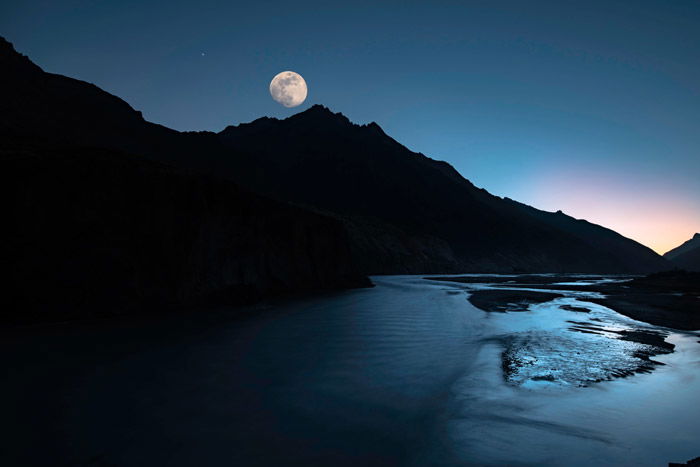
© Sayan Nath
23. Reach for the Stars
You can also bring the stars into your night landscapes. You need a clear sky and a long exposure. You might also need a light pollution filter if you’re in a built-up area. But the results can be mesmerizing.
24. Embrace the Abstract
Abstraction is the minimization of literal references to the visual world.
In abstract landscape photography, distance, isolation, and repetition techniques create abstracted environments.
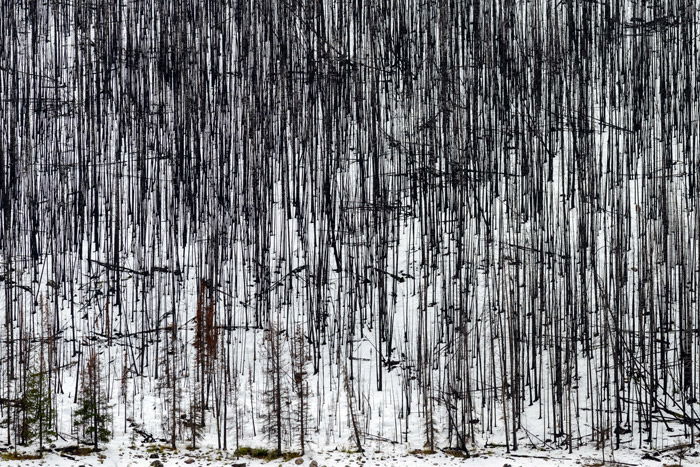
© Sergey Pesterev
25. Landscape Photography Rocks!
Rocks can be a landscape photographer’s best friend. Rocky landscapes can be tricky to navigate, but these solid formations bring structure, form, and texture to otherwise uninteresting scenes.
Look for rock formations, rocky outcrops, or cliffs to add more detail to your beautiful landscape photos.
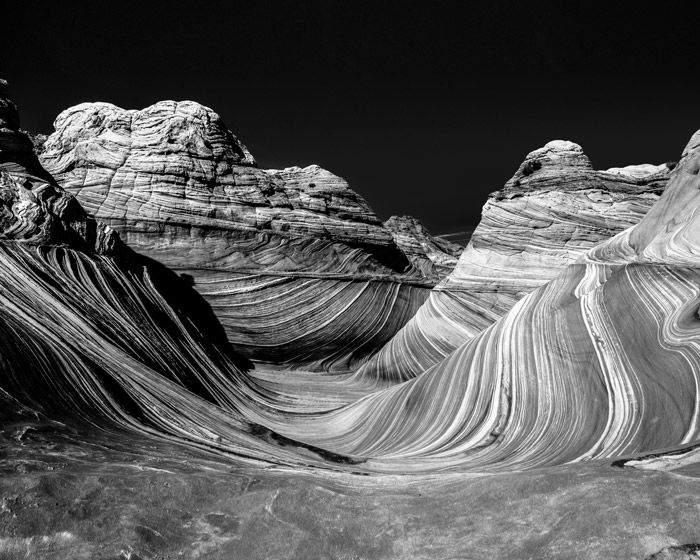
© Brandon Green
26. Go Chasin’ Waterfalls
Waterfalls are impressive, dramatic, and beautiful. They also add movement and energy to a still scene. That’s why waterfalls are such a popular feature in landscape photography. The trouble is that they’re often hard to find.
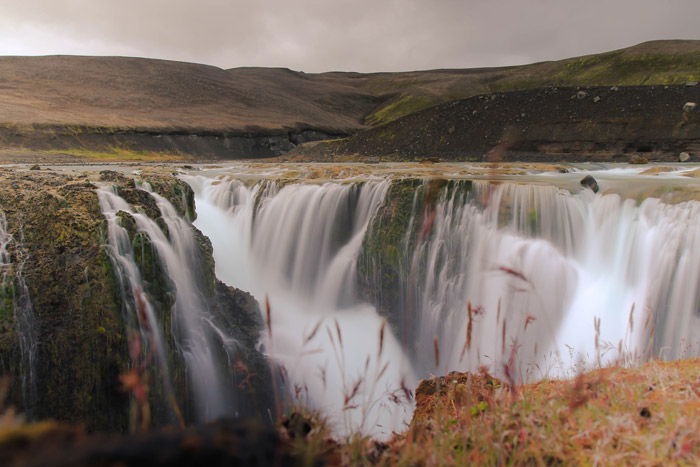
© Patrick Hendry
27. Use Fabulous Flowers
Capturing flowers is more common in nature photography. But you can also use flowers to bring life and color to your landscapes.
28. Sign Off With a Sunset
Sunset is one of the best time to capture a landscape photo. You have to be prepared, getting to the location long before sundown to setup and perfect your composition. You also need a good tripod.
29. Keep Distractions to a Minimum
Minimalist photography is where you include very few elements in the frame. A few specific details punctuate large amounts of negative space.
Taking a minimalist approach to landscape photography is a great way to increase your creativity with this genre. You have to try it if you’re getting tired of similar results time after time.
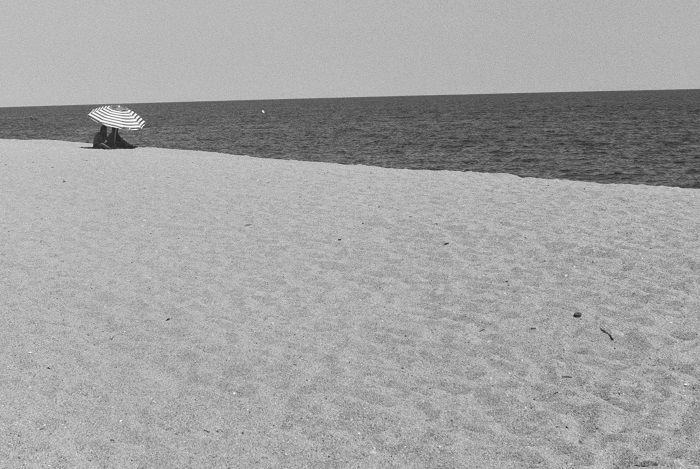
On Kosmo Foto 100 © Kit Bryan-Smith
30. Add a Human Touch
Including a person in your landscape help adds scale to the scene. The landscape might be impressive, but it’s hard to grasp the true scale without something to relate it to.
In the wider scheme of themes, adults are basically all the same size. Adding one to your landscape adds to the grandeur of the image.
31. Widen Your View with a Panorama
Panorama photography pushes landscape to its limits. You’re broadening your view, stretching it out as far and wide as possible.
You will need to know how to use photo editing software, unless your camera has a built-in panorama mode. But it can be very rewarding, as the results are broad and beautiful landscape photos.
Conclusion
Everyone can create their own beautiful landscape photos. All you need is a few pieces of equipment, some inspiration, and a couple of original ideas.
We hope this article has provided inspiration and ideas, showing you what’s possible with landscape photography. It might be one of the oldest forms of photography, but there’s still plenty you can do with this fascinating genre.
